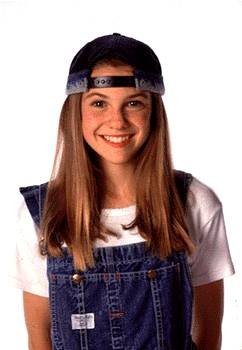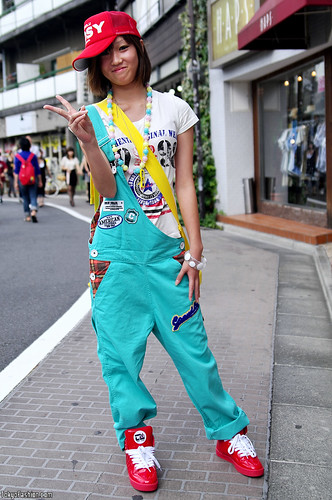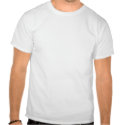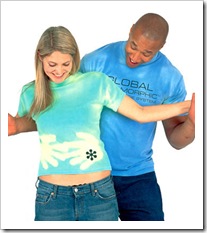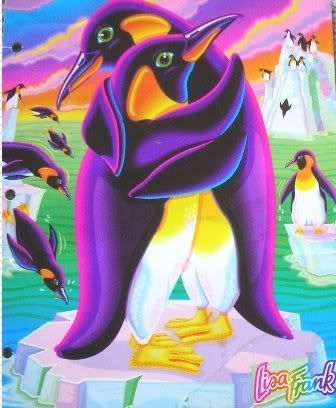While today teachers are battling the ever-mounting presence of technology in their classrooms, they're certainly not facing a new demon. Sure, kids these days are lacing their iPod earbuds surreptitiously through their hooded sweatshirts and sending text messages in lieu of passing paper notes, but it's generally in the same spirit of general classroom unruliness that came with all preceding generations. Don't think for one minute that all those iPhone-confiscating teachers aren't reading those forbidden texts every bit the same as ours were reading our discarded notes.
Growing up, we certainly were never wanting for in-class stimulation. Unfortunately for our teachers, however, very little of that stimulation came from reading, writing, and/or 'rithmetic. Instead, it more often than not came from the innumerable devices and distractions we utilized in lieu of sitting still and paying attention. Some were store bought, others homemade, but regardless of their origins these distracting devices held our attention during the times we probably should have been learning something. Heck, if it weren't for Silly Putty, I might even know how to do long division. Maybe.
Not all of these are exclusive to children of the 90s, but we certainly carried on a tradition of undercover classroom tomfoolery that would make even the most deviant of past generation students smile. We may not have grown up with all the technology available to today's young students, but we certainly made up for it in imagination and misused innovation. Here are just a few of the many, many classroom distractions that so often kept us from learning the math and science our nation's young people so sorely needed:
Fortune Tellers

I know, I know, these things go way back. Some may know them by their alias/alter-ego Cootie Catchers, these babies date back from the middle of the last century, with generations of schoolchildren everywhere entertaining themselves with their origami goodness and fortune-telling powers. The concept behind them was simple, though the construction was nothing short of a marketable skill. Typically, certain folds were decorated with numbers, letters, or colors, while the inside creases were scrawled with fortunes.
Granted, these fortunes came from the crayons of grade-school kids, so they were sometimes less than insightful. You'd be lucky to get a "Someone has a crush on you" or "You have cooties" result. Startling accurate though, these were. This self-diagnostic test was the first to pronounce me cootie-ridden, which I was luckily able to treat with another round at the paper fortune teller. Thanks, Cootie Catcher.
Rubber Poppers

These toys were deceptively simple, so it's a wonder that they were able to wreak quite as much havoc as they did on classrooms. Typically purchased for a nickel at a toy store or in a quarter machine at the supermarket, these things did little more than create an irritating disturbance wherever we brought them. You would turn the little convex thick rubber popper inside out, wait patiently with bated breath and dread-filled anticipation, and finally watch it pop itself back into shape. Usually this process involved a high vertical jump, the better of which could sufficiently damage an overhead lamp or skylight. It's pretty clear why teachers didn't want them around, but their appeal to impish children was undeniable.
Laser Pointers

Laser pointers were first manufactured in the 80s, but they became increasingly portable and conveniently keychain-based in the 90s, making them a coveted item for mischievous children. The pointers were intended to highlight text or images in a presentation, but they were quickly adopted for far more deviant purposes. You couldn't go to a PG movie back in those days without spying that familiar achingly annoying red dot on the screen, usually gracing the general region of the star's privates. In class, children found pleasure in shining a little red dot on their classmates, despite warnings that direct eye contact could have stare-at-an-eclipse-type repercussions. It's no wonder so many schools quickly issued bans on the pointers. I imagine many schoolteachers grew frustrated with constantly seeing a red dot centered sniper-like on their crotches.
MASH

Aside from note-passing, more organized written games were also pretty popular classroom distractions. Most notably MASH was a popular choice for its uncanny future-telling ability. It stands for Mansion, Apartment, Shack, and House, denoting the preset options for dwelling accommodations. Luckily we had the power to fill in the blanks in the other categories, but it seemed we were always forced into adding some pretty bad choices to the mix. These things were fairly right on if I do say so myself. After all, how else could I have predicted that I'd be living in a Shack in Samoa with a poodle named Jeeves married to the kid who sat in the back of the class picking his nose? That kind of stuff just doesn't foretell itself.
Origami-Style Note Folding

As we moved through the grade ranks, we became more and more interested in secretly passing notes during class instead of listening to our instructor drone on about Tuck Everlasting or multiplication tables. There was far more to enjoy in the process than just marking the "yes" box on a "Do you like me?" note. We cultivated incredibly intricate folding methods that rivaled traditional Origami's complexity and tradition. Soon everyone knew how to fold in tight packages, often featuring a pull-tab for the convenience of the readers. Of course, these things made a great deal of noise when opened, completely forgoing their intended role as a secret note. At the very least, though, they helped us develop the fast fine motor skills we now use to download apps on our iPhones.
Metallic Gum Wrapper Decoupage

Who says not paying attention in class is for dummies? Some of us slackers had a certain ingenuity that you just can't get from book-learnin'. That is, we were able to develop new and exciting uses for mundane, everyday materials while simultaneously feeding our gum-chewing addiction. There was no more satisfyingly monotonous and tedious task than methodically peeling the metallic outer layer from our gum wrappers and carefully sticking it to our notebook-fronts. It was something of an art, really, only with more under-the-fingernail pain. It did, to its credit, produce a fair deal of shiny, shiny notebooks.
Slap Bracelets

Are they jewelry or a toy? Or better yet, a weapon? It's tough to say, but one thing was for sure: slap bracelets were an unquenchable and distracting fashion statement. Many schools banned the metal-rodded coated bracelets, crying out against safety. Yes, a few kids sliced their wrists open, but it's more likely our schools were a tad more concerned with the more mundane everyday irritation of that "thwack!" sound in round-esque repetition throughout the schoolday.
It may not have been quite on par with what our teachers wanted us to learn, but you can't say there was nothing to gain in our classroom tomfoolery. In fact, the retention rate on many of these classroom irritants is far greater than many of our school-sanctioned class subjects. After all, I couldn't reduce a fraction to save my life, but I can still fold notes with the best of 'em. That's just results.









